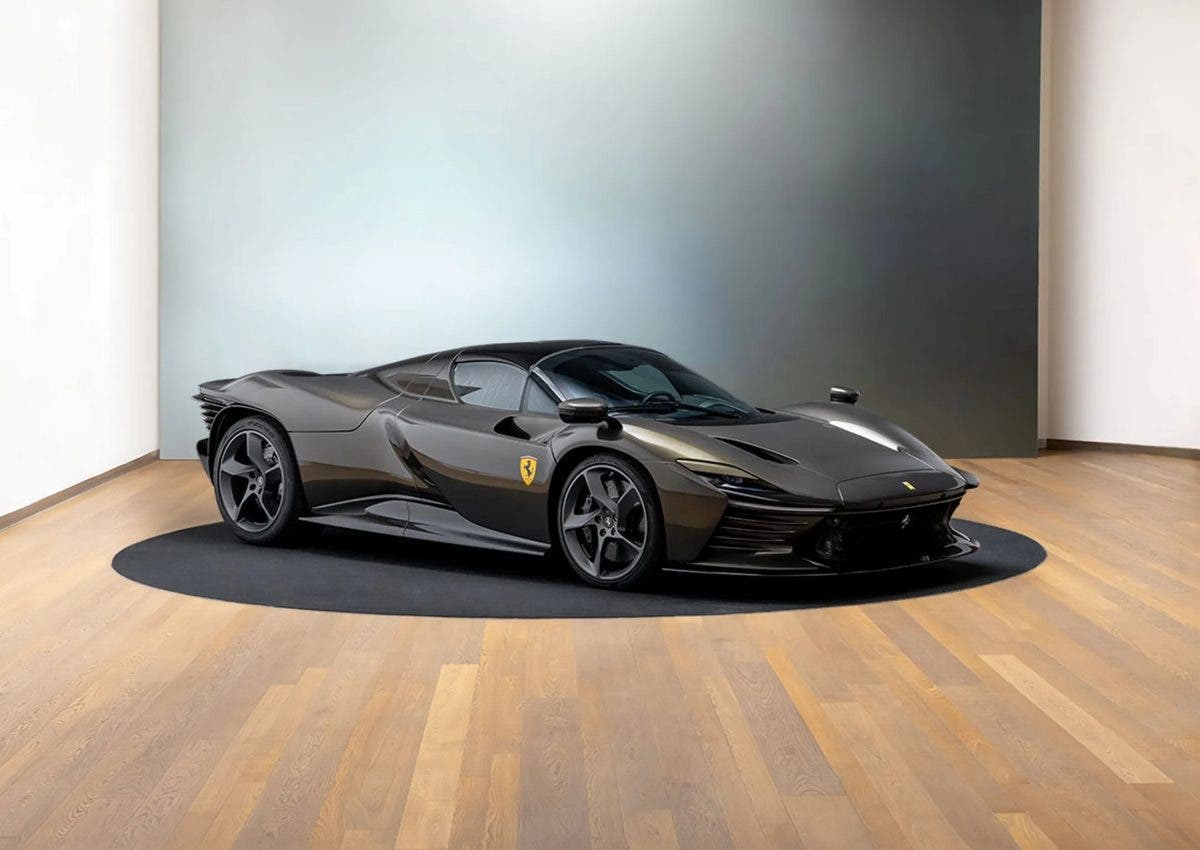The Ferrari Daytona SP3 and F80 are two top expressions of the Prancing Horse’s philosophy. Both in limited production, they belong to two different and precious families of the brand. The first is the most recent work in the Icona Series, which began with the Monza SP1 and SP2. The other is the freshest interpretation of Maranello’s supercar concept, which originated with the 1984 GTO and continued with the subsequent F40, F50, Enzo, and LaFerrari. They share the brand, spirit, and exclusivity, but are very different from each other.
Ferrari Daytona SP3 vs Ferrari F80: which of these is better?

Shifting the spotlight to performance, there’s no doubt that the Ferrari F80 wins the comparison hands down, but the analog romanticism of the Daytona SP3‘s naturally aspirated V12 engine is priceless and greatly compensates for the performance gap with the other, which emerges especially on the track. The Icona Series model’s name celebrates the memory of Maranello’s triple victory at the 24 Hours of Daytona in 1967.
Its inspiration was the legendary 330 P4, but the rear design was guided by the 250 P5 Berlinetta Speciale Pininfarina. The structural base was provided by LaFerrari Aperta, with radical visual and philosophical changes. Here, for example, the hybrid component is missing. A beautiful way to touch the heart of those who love beautiful cars with a classic and pure style. The look is strong and decisive, but also sensual and flowing. Let’s say its forms are simply stunning.
Under the rear hood pulses a 6.5-liter V12 engine, delivering 840 horsepower, as genuine as a true feeling. Its sound notes are the best one could desire. Performance is at the top, with acceleration from 0 to 100 km/h in 2.85 seconds and 0 to 200 km/h in 7.4 seconds. The maximum speed is 340 km/h, which barely keeps it from entering the Top 5 fastest Ferraris of all time. Only 599 units were planned for this limited series sports car.

Decidedly less beautiful than it, although still dreamlike, is the Ferrari F80, heir to the various GTO, F40, F50, Enzo, and LaFerrari. Here, expressive force captures attention more than stylistic harmony. No objections to the rear end and the rear 3/4 view, but the full-width black band, inspired by that of the 365 GTB/4 “Daytona”, which connects the front light clusters, raises some doubts, almost as much as the design of the front fender, which breaks the harmony of the profile, which would otherwise be decidedly better.
For enthusiasts, this car is a bit tangled and doesn’t capture the appreciation of the eyes and heart with the same fluidity as the other. Even the choice of the twin-turbo V6 hybrid doesn’t reward on the emotional, historical, and sonic level like the other’s V12, despite expressing, overall, significantly higher power, which translates into stellar performance. There’s no doubt that there’s more romanticism and appeal in the Daytona SP3.
The Ferrari F80 is closely connected to the 499P winners of 2 editions of the 24 Hours of Le Mans, thus confirming Maranello’s philosophy of linking its frontier cars to the racing universe and current technologies. On the engineering level, the Prancing Horse’s new creation is stratospheric. Every constructive detail and mechanical element has been meticulously calibrated, with targeted and nanotechnological choices.

The aerodynamic treatment is also sublime, taken to the extreme and enhanced by active components. There’s no doubt that the search for the best downforce and thermal flows has affected the look, making it less fluid than expected. The Italian brand’s flagship supercar, just presented, has racing DNA. 799 units are planned, all already sold.
To achieve higher energy levels than those expressed by any other road-going Ferrari, engineers opted for a 3.0-liter twin-turbo V6 hybrid engine that develops 1.200 horsepower. Performance is stellar, with acceleration from 0 to 100 km/h in 2.1 seconds and 0 to 200 km/h in just 5.75 seconds. The maximum speed is 350 km/h. On this aspect, the Daytona SP3 must surrender.

